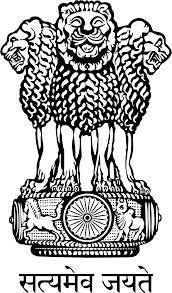MAGNITUDE OF DISEASE
BackFilariasis has been a major public health problem in India next only to malaria. The disease was recorded in India as early as 6th century B.C. by the famous Indian physician, Susruta in his book Susruta Samhita. In 7th century A.D., Madhavakara described signs and symptoms of the disease in his treatise 'Madhava Nidhana' which hold good even today. In 1709, Clarke called elephantoid legs in Cochin as Malabar legs.
The discovery of microfilariae (mf) in the peripheral blood was made first by Lewis in 1872 in Calcutta (Kolkata).
Indigenous cases have been reported from about 339 districts in 20 States/Union Territories.
As of 2022, 5.5 lakhs Lymphedema and 1.5 lakhs Hydrocele cases reported till 2022.
The North-Western States/UTs namely Jammu & Kashmir, Himachal Pradesh, Punjab, Haryana, Chandigarh, Rajasthan, Delhi and Uttaranchal and North-Eastern States namely Sikkim, Arunachal Pradesh, Nagaland, Meghalaya, Mizoram, Manipur and Tripura are known to be free from indigenously acquired filarial infection
Cases of filariasis have been recorded from Andhra Pradesh, Assam, Bihar, Chhattisgarh, Goa, Jharkhand, Karnataka, Gujarat, Kerala, Madhya Pradesh, Maharashtra, Orissa, Tamil Nadu, Uttar Pradesh, West Bengal, Pondicherry, Andaman & Nicobar Islands, Daman & Diu, Dadra & Nagar Haveli and Lakshadweep.

























